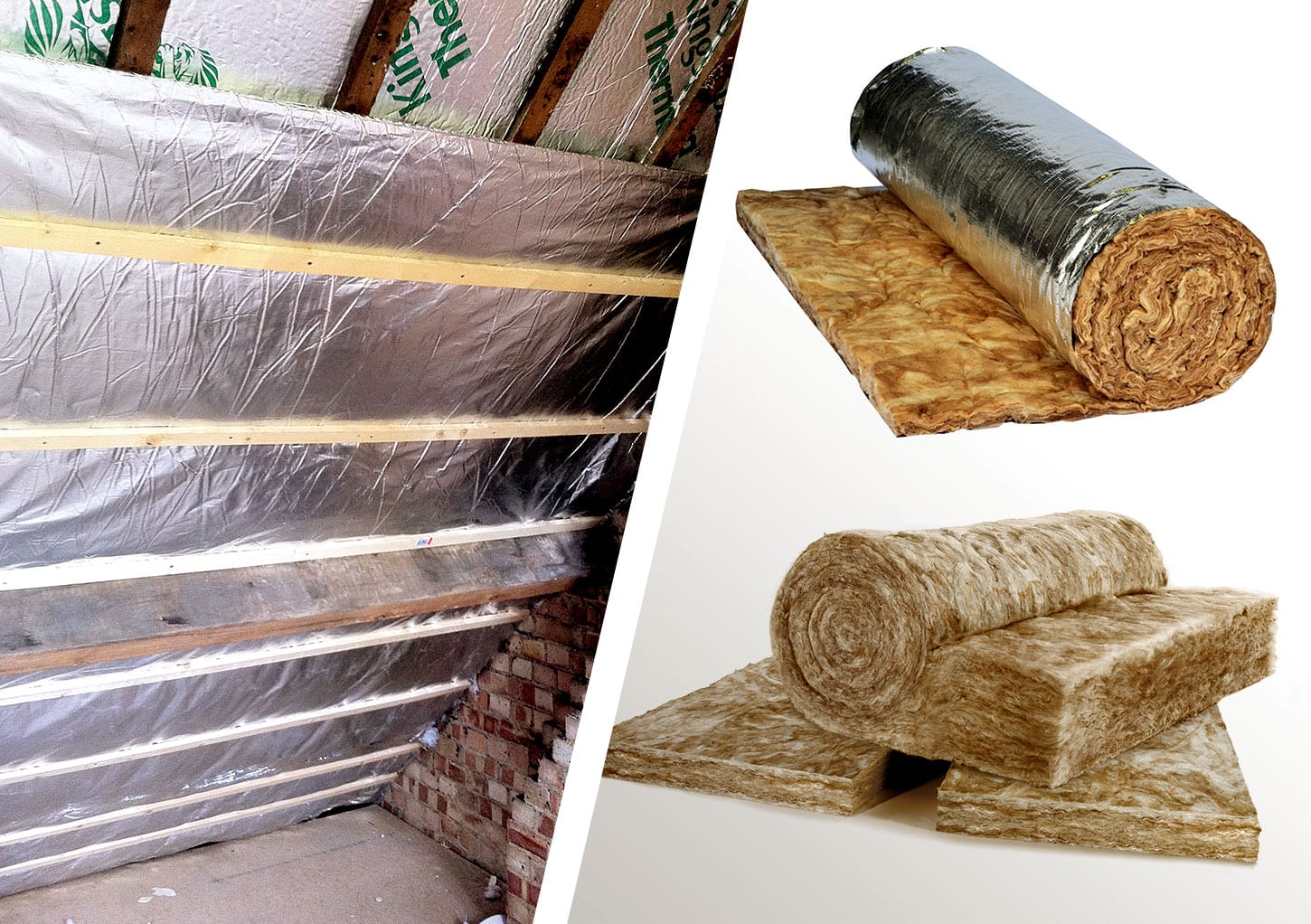In an uninsulated house, much of the heat you generate to keep yourself warm will escape through the walls, floor, doors and windows — and especially through the roof, via the loft. This leaves you generating more heat than you need, increasing both your energy bills and your carbon footprint.
For many of us, it’s enough to know that loft insulation works. If you’re curious as to why and how it works, though, the answer lies in the science of thermodynamics.
The Second Law of Thermodynamics
There are four laws of thermodynamics, but it’s the second that explains heat escaping from an uninsulated home. A typical definition of the Second Law is the one given on Wikipedia, “that the total entropy can only increase over time for an isolated system.”
It can be explained more simply, though, by considering why a cup of coffee gets cold if you leave it standing. Heat, by its nature, tries to even itself out over the space available, and the coffee is hotter than the air around it. The excess heat tries to redistribute itself from the coffee to the surroundings.
The same thing happens in your home. Most of the time, its interior is warmer than its surroundings, and the Second Law of Thermodynamics tries its best to do something about that.
Types of Heat Movement
Heat is transferred in three ways: conduction, convection and radiation. Radiation, which is simply heat beaming out, escapes typically through openings, while loft insulation is designed to minimise the effects of conduction and convection.
Most of us are aware that hot air rises, and that means it gathers as high as it can get in the building and finds ways out. If it can be prevented from escaping, it cools and moves downwards again, and this creates the circulation that keeps the air fresh.
When the warm air encounters a solid surface, though, such as a ceiling or roof, the heat can get through by conduction. This is the process by which matter absorbs heat and gives it out again on the other side. The main strategy of insulation is to introduce a layer of a poorly conducting material, such as glass fibre, which limits the heat transfer.
The Law of Diminishing Returns
Everyone knows that insulation will help to keep your house warmer in the winter, but it can also keep the house cooler in the summer too. How much insulation you need will depend on a number of factors. But the level of thermal efficiency is simply a factor of the depth of insulation fitted.
The current government recommendation is 270mm which provides a U value (watts / meter2 / degree C) of 0.15. Insulation of 200mm provides a U value of 0.18 and 100mm provides 0.28.
That means that putting 100mm of insulation in a house with no insulation will make a 72% increase in efficiency. A further 100mm will increase efficiency by a further 10%. The difference between 200mm and 270mm is only around 15%.

The important thing, of course, is that loft insulation saves you money and lowers your carbon footprint, and you’re welcome to get in touch to ask about how it can help you. On the other hand, it’s encouraging to know we have some of the most iconic laws of science working for us.
Was this post useful? Here are some other’s you might like...




